The basic renaissance system
This will be an attempt to outline and describe the basic renaissance system of construction, as it was taught by the russian master Boris B. Kazakov.
I thought this thread could be a good way of students of different schools to share their ideas and perhaps outline aspects of their system.
I spent one year in a school that only had this basic renaissance system. My instructors were all students of Boris.
http://www.animwork.dk/Default.asp?ID=655 - (it's in English)
and please judge student works lightly - they were done by ½ to 1 year students.
I have images of work done by more advanced students who whent on to study with Boris in Skt. Petersburg. I might post a few of those in another thread -
The difference between this system, and the system of say Vilppu, Bridgman, etc, is in the rendering. It is not just a system of construction - but a refined tonal system as well that was used most notably by Michelangelo in his figure studies, possibly in his paintings as well.
The model studies done in this system are from anywhere between 2min - 50hours.
More or less.
---
Perspective and construction.
In the basic renaissance system you immediately set up perspective - you work in 3 dimensions right away! This is done to get the understanding of mass, construction, gesture. You idialize as well - that is, you construct a sort of idialized version of the model - you will be using your constructed perspective lines rather than the model(you can even exaggerate perspective if you prefer!!) You will have to look at the model from different angles - especially the side! If you look at the model from the side, you will see where the up planes are located - you will be constructing the main light from above and any direction you choose. Sometimes from the side, front, and most rarely - below. Except from the back. (you do NOT set up any lightsources, you simply imagine where the light is comming from)
You will be modelling the edges - work on the edges to show the turning of planes. (Most shade on edges)
In this system an edge is the meeting of two planes.
You will be controlling the direction of the eye by using atmospheric perspective - what is most in the front - the highest contrast. (the difference in tone between what is in front and in the back might be extremely subtle. )
Crosshatch :
You will be using completely free lines, that are supposed to follow the 3d form of the model. Like the pen sketches of Michelangelo. The most important is loosenes and freedom! with time you'll get to draw like Michelangelo, that is, when you start to understand the form and perspective.
Your lines will automaticaly turn into shade as you work in layers, multiple lines. (layers explained later)
You'll use flow through lines, especially as a way to get good proportions and working with the figure as a whole.
You won't use eraser except later, when you are doing the light planes. You will be using your kneded eraser as a white pencil.
You won't measure, never(except in your mind). You have to understand mass and sort of feel the proportions. In the beginning your result will be horrible. But when you get the feeling of mass and perspective down as a 6th sense, it will be easy. The proportions will get better and better.
You never have to draw something exactly the way it looks. So in the beginning your horrible result is ok. Also it will take some time before you understand how to work in layers. Check out Michelangelos pen drawings. He is the ideal.
Your instructor will sometimes tell you to erase part of the drawing and start all over with this part.... You can have completed a whole leg, and then you have to move it, this happens if you have lost the feeling of the whole - focused too much on a specific part.
Draw transparent in the beginning - if one leg crosses the other - complete the behind leg. NEVER break a line that is going behind another form.
You want a mess of lines. When you decide which one is correct you just give it a darker tone - you don't have to erase the other lines. You will erase them only if they are on a light plane. If not you will probably shade over them anyways.
Use complete constructions. Complete all forms. Draw them through - continue them on the other side, like if you had x-ray eyes. (and always construct perspective)
Often the old masters made a complete sketch of something that would acually be behind something else. This was necessary in order to think in terms of complete forms.
I think Michelangelo is seen as the one who achieved the most advanced results.
You will be using anatomy right away - constructional anatomy - 3d anatomy.
Draw bones - allways. When you look at the model - you'll be drawing the underlining bones. If you don't have them in mind and you are drawing, lets say an arm - just pick up the corresponding armbone, look at it in the same perspective as the arm on the model - and in this way figure out the bonal structure of the model.
About light and shade on planes - you will be using a guiding cube that you can put next to your drawing. One plane is 100% shade, another 100% light another 50% of each. This is Michelangelos school! (I think Leonardo suggests more softness, also Raphael is more soft)
But in the beginning all you care about is form!!!!! The other stuff is a later study.
Drawing is a communication of form. Therefore, DO NOT CONSTRUCT CAST SHADOWS YET. Learn to think ONLY in terms of planes. (when you master form you'll start to do cast shadows)
But cast shadows aren't neccesary to show form - so at least if you do anatomical sketches - dont use cast shadows!
Subdivide tone in the different planes (this is where the russian school differs the most from the american constructional system)
Study Michelangelo - he uses the most amount of subdivision.
In your light planes you will be lightly subdividing, in the shaded planes you will be subdividing with stronger tones.
In the beginning, treat everything as if it was made of the same material, draw only form - A person with black skin will be drawn the same as a person with white skin. Form is the only thing truly important in this system!
This is the beginning - later you will learn to work with and master the different skin tones etc. But first your understanding of form, planes, construction and perspective must be perfect.
---
How to work in layers.
Working in layers is the way the crosshatch technique is taught, you just work your way into the figure(because you have no actual tonal reference, other than your tonal guiding cube) - you can do this method with pen as well...
There are two different layers - tonal and anatomical.
Anatomical
First layer is the overall anatomical structure of the big forms, the box of the pelvis and the open box/egg of the ribcage and so on.. - And the flow of the middle lines(spinal column, sternum, linea alba...) You'll use the x-ray vision and constructed perspective . Always keep both the sternum and spinal column in mind(draw it or think it - whatever works for you)
And the feet are the most important because they determine the weight and pose of the figure - force yourself to see them in perspective right away, get a feel of the plane they are standing on.
Second anatomical layer is the inner skeletal structure of all the bones and muscles.
You want to see the big anatomical picture, and then break this down into smaller forms, and break the smaller forms down into even smaller forms... and so forth(you'll even break bones down into different structural shapes...). But you always keep a strong feeling of connection. - all small forms belongs to a bigger form.
For example, the phalanges belongs to the finger, the finger to the hand, The hand, lower arm and upper arm belongs to the whole arm. The shoulder connects the arm to the body, and so forth. You will be drawing the bones first, then draw the muscles on top.
In the beginning a disconnected look of bones and muscles is normal - this is just untill you figure out the anatomical and structural connections.
--
The tonal layers.
The reason you do tonal layers are in order to explain general form and plane changes. An edge is a line between two planes. In general you model the edges to explain the change in direction of form.
Your goal is to communicate the form independently of light(sculptural). So you will create your own light source and sometimes move it around a bit freely to enhance the visual communication.
First layer
3 basic tones.(light values - you will make them darker later...)
Make your own light source in your head! Think in terms of the big masses - crosshatch or tone down first the side and down planes(on a figure constructed in these basic shapes/planes)
Second layer
When you start to move into the detailed anatomical layer, you will also move into the detailed layer of different light intensity. So that if you have decided to tone down the side plane 50% - you model the planes located on the side plane in similar values - like 30-70%
So all up planes located on the side planes would have like 30% and all down planes located on the side plane would have like 70% and planes turned in other direction will have other values in between the two, or something like that. (this is a VERY general idea, do whatever explains form)
And on the down planes you'll model in even darker tones...
And on the light planes you'll model in lighter tones.
In this way you'll keep the strongest feeling of the big boxes (about 3 basic planes, each subdivided into different tones). Because you can clearly distinguise the big planes, and the small planes located on these big planes. This is called the sculptural approach. And my understanding of it is very limited! (but just study Michelangelo and you'll figure it out

)
But there are other principles that change the amount of tone you'll use - like atmospheric lighting, atmospheric perspective, reflected lighting, constructed cast shadows. and so forth.
---
How to copy a master drawing ::
First understand the reason for doing a master copy - you want to learn how this master thought about the figure(a drawing is thoughts).
Remember he worked in layers!!!!!!!!!
You will be drawing it as if it were an actual 3d object in front of you!!!(use persepctive construction right away)
Sometimes his constructional lines wont be obvious. They are there none the less. Sometimes you will see these x-ray lines, sometimes you wont!
In order to do a perfect copy of a master drawing you'll need the same amount of anatomical knowledge and skill as the master. If your skill and knowledge is higher - you should be able to improve the master drawing. If your skill and knowledge is worse, you'll make it worse.
IN SHORT - you can't draw properly that which you do not understand.
--
All right, I hope this is at least partly understandable.
Read more:
http://www.conceptart.org/forums/showthread.php/160487-Realism-vs-construction(a-guide-to-choosing-the-right-art-education)/page19#ixzz3PnBabH1v





















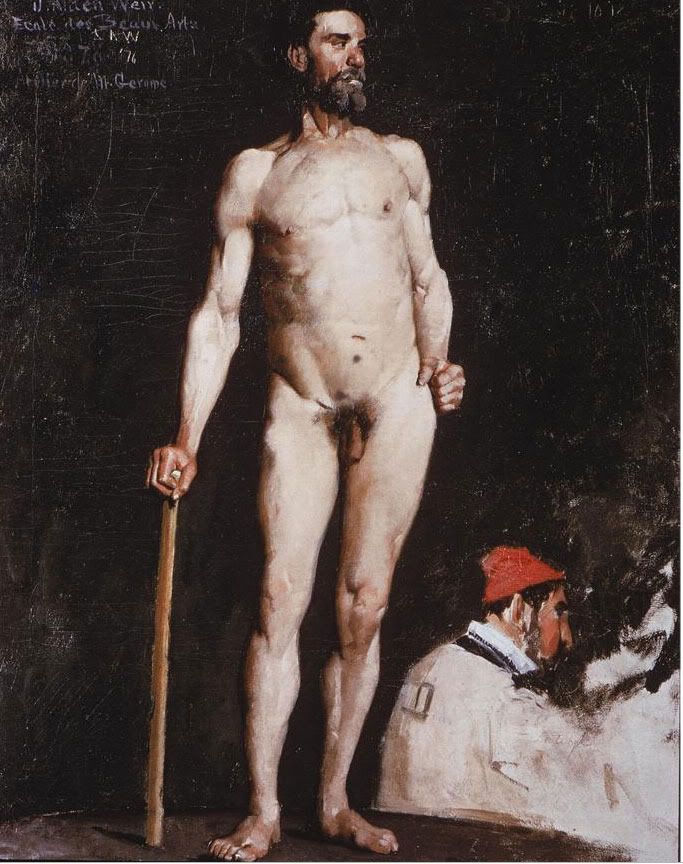
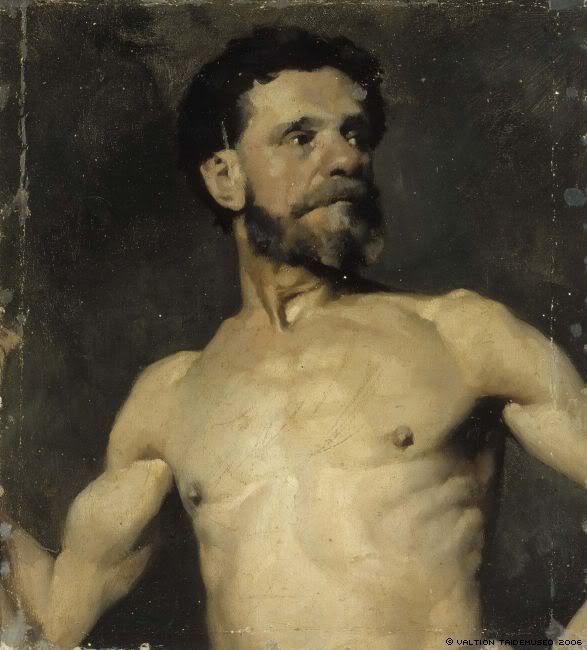


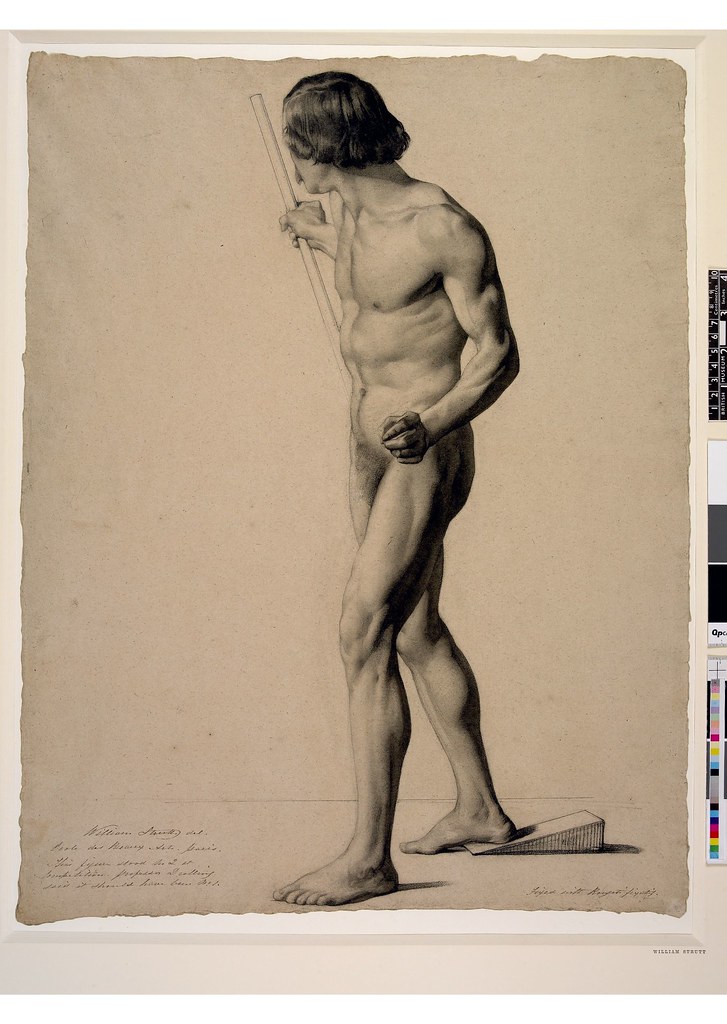
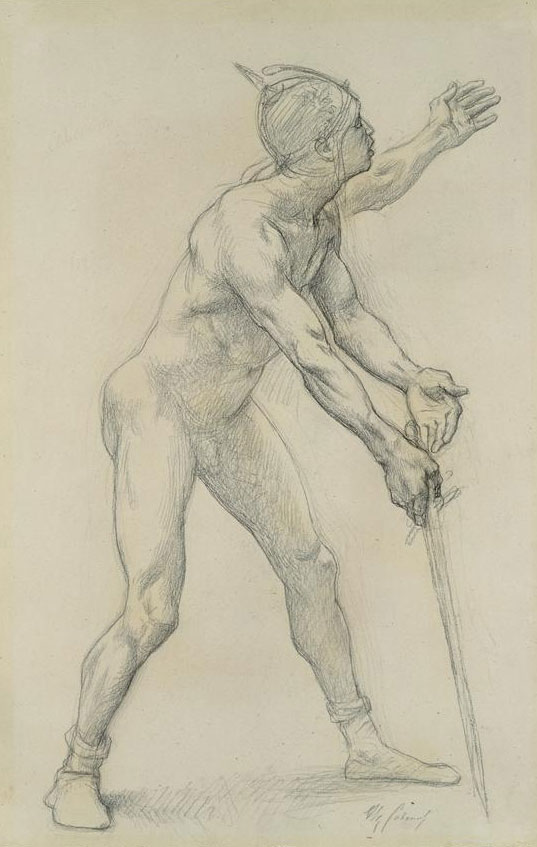
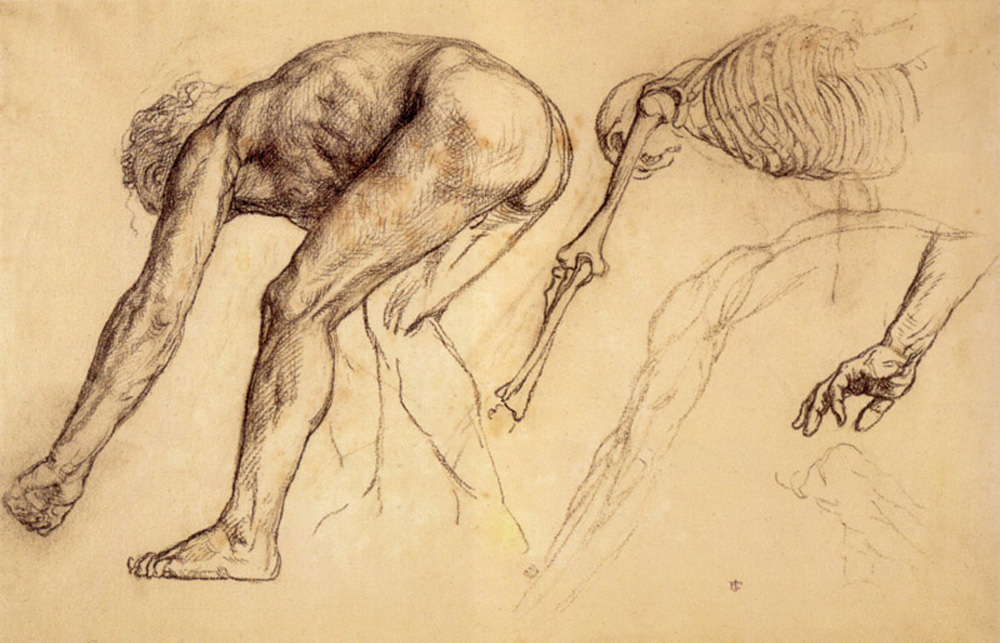
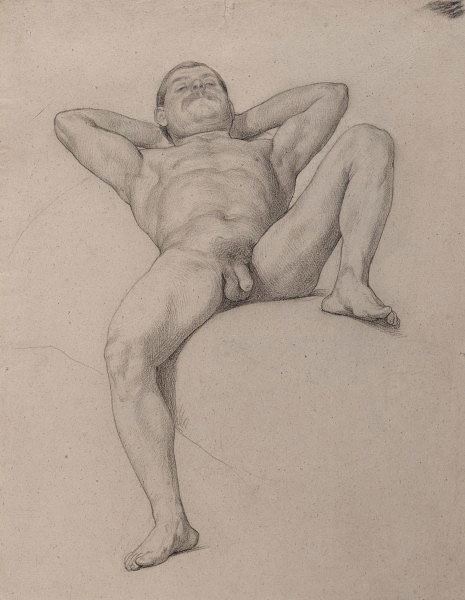
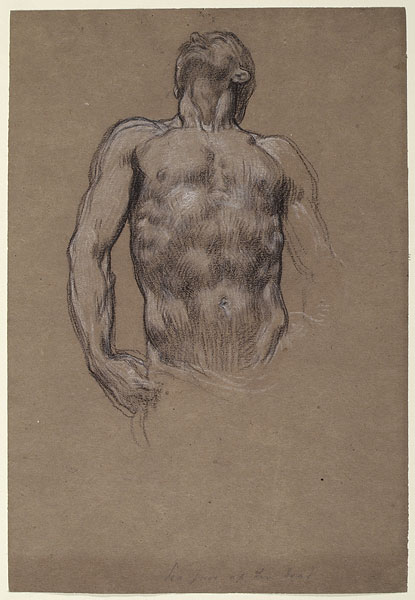
 )
)



















